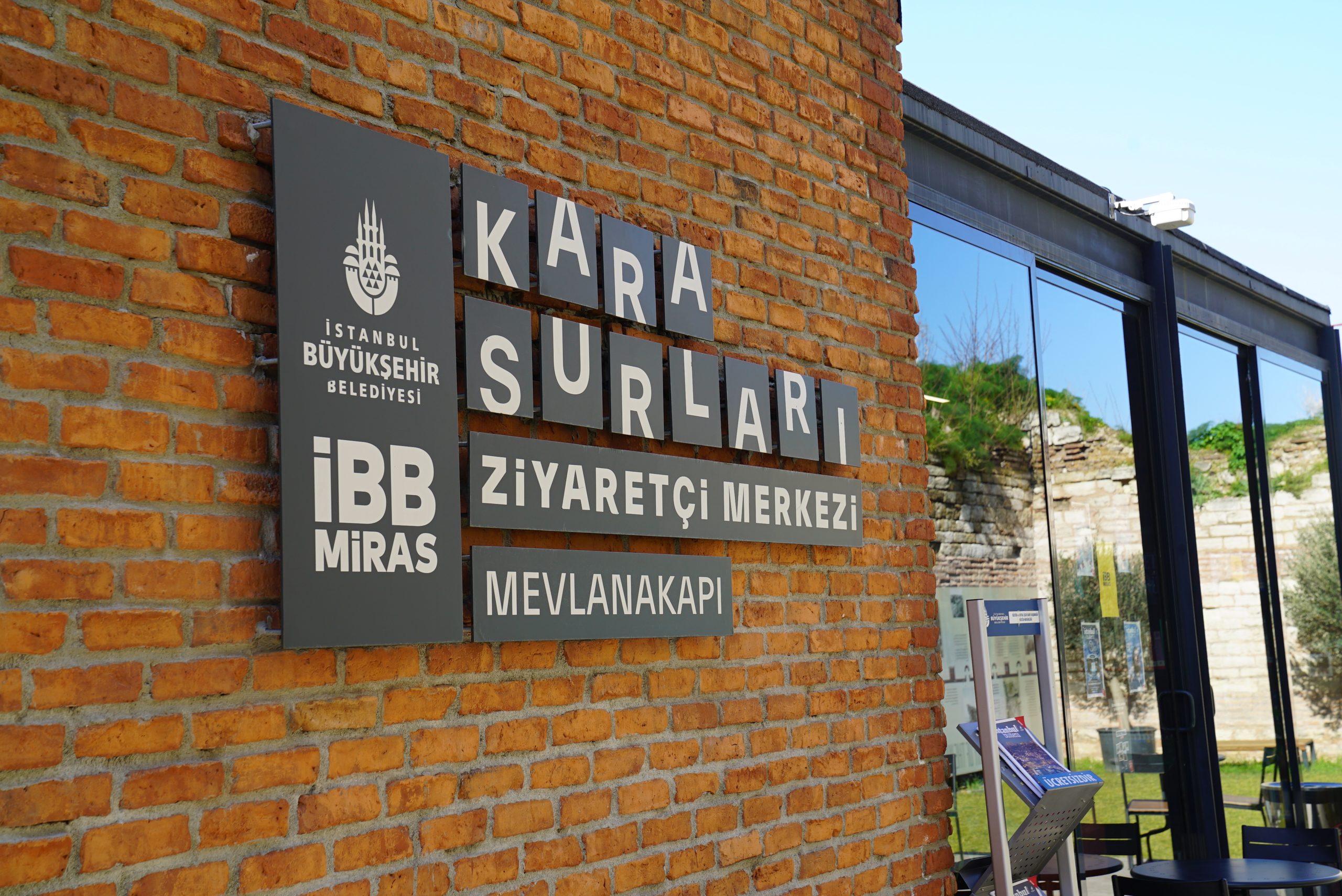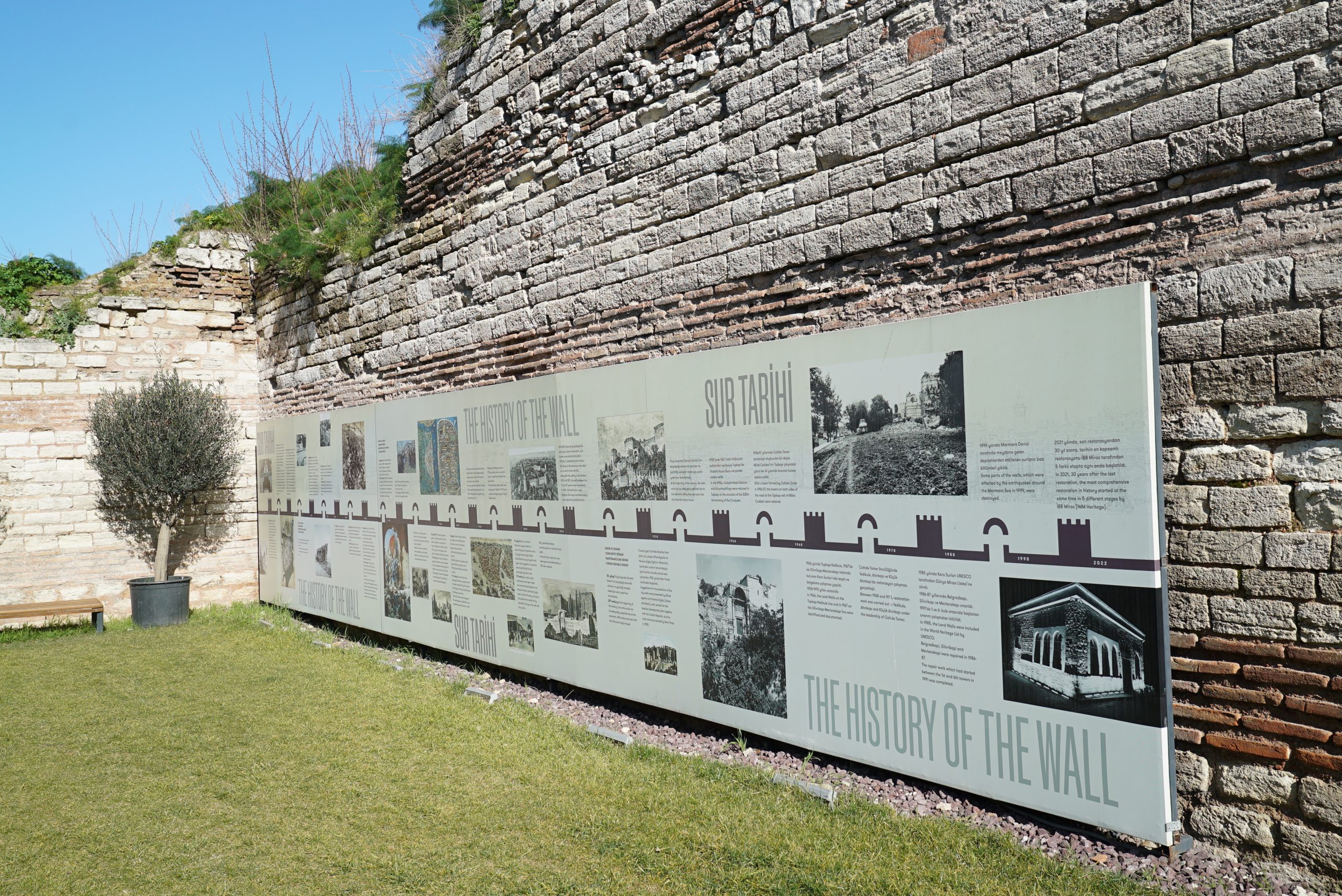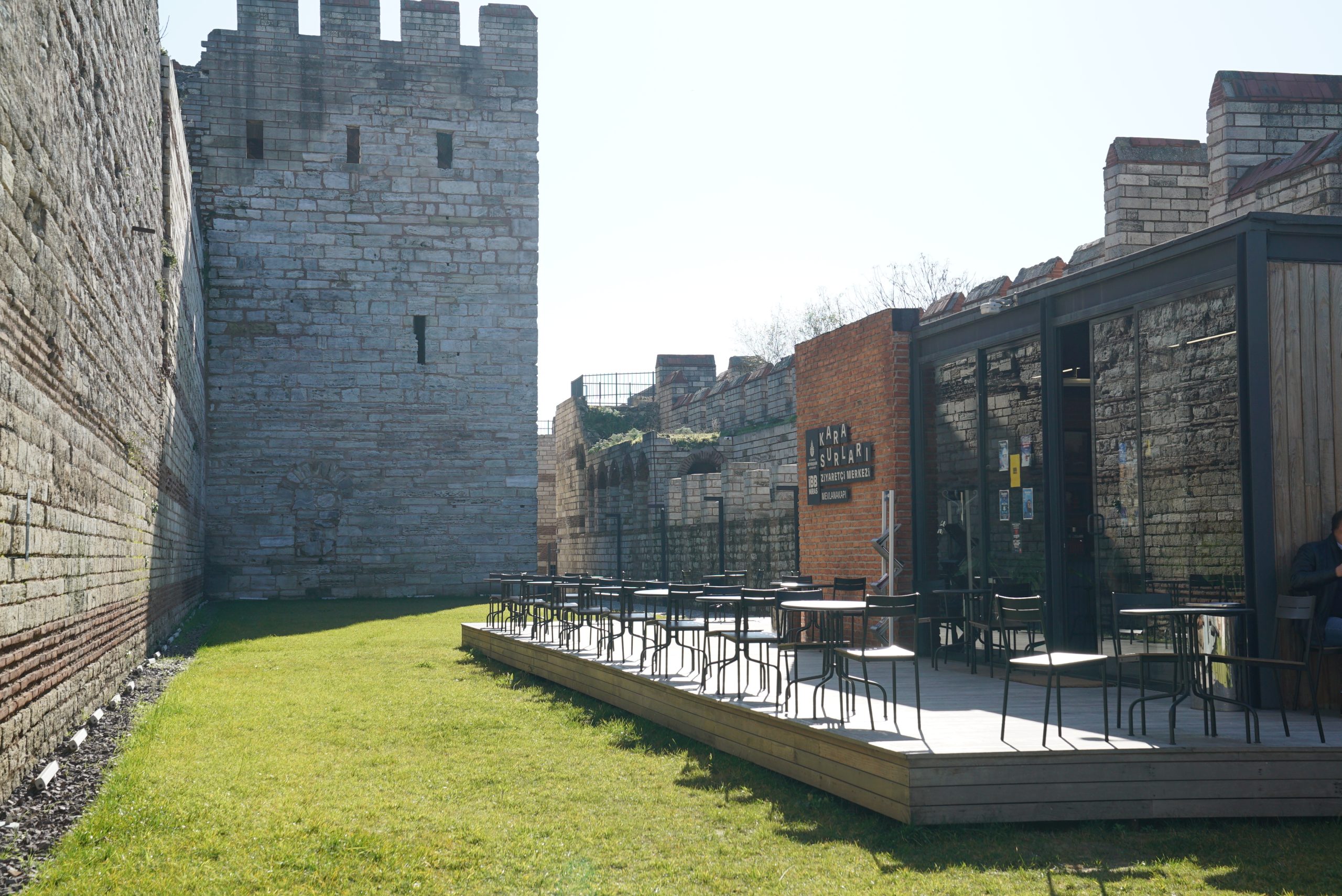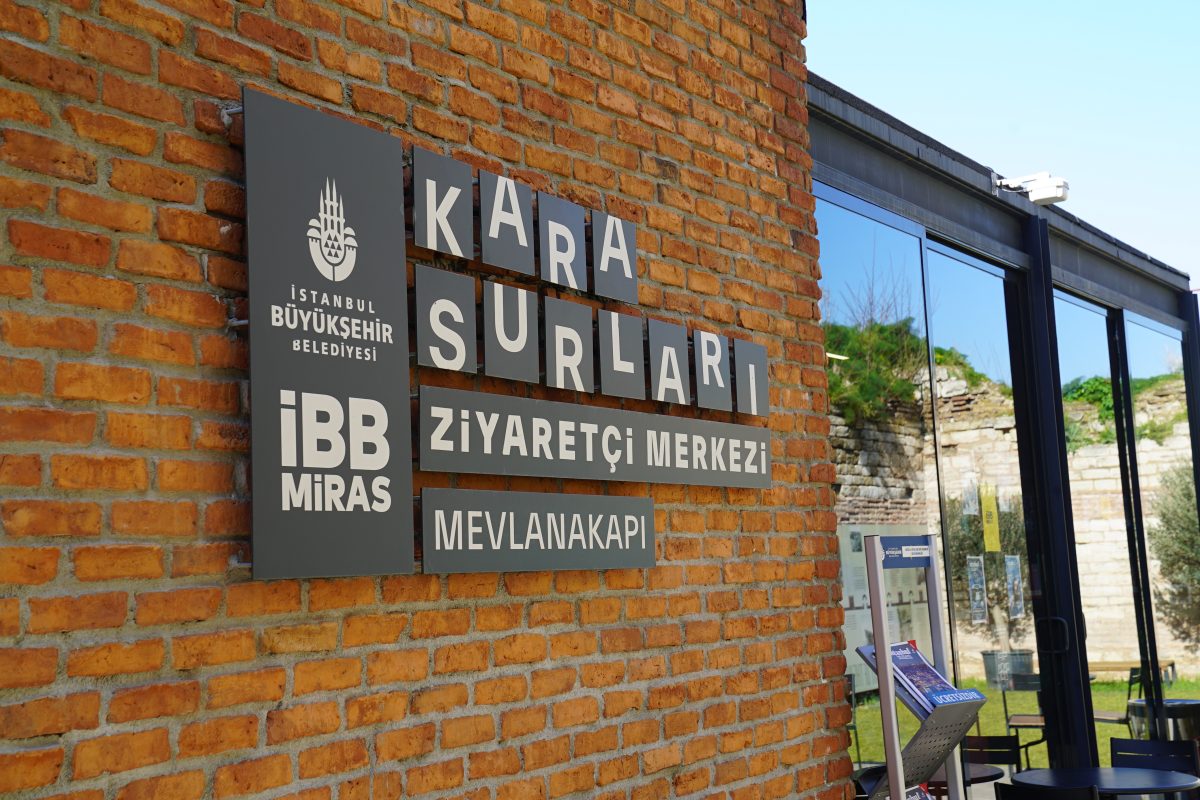When I travel around İstanbul, I sometimes feel like I am on the set of a period film. The history of the 2,000-year-old city is everywhere. And sometimes that history is revealed when we look up and see the city walls surrounding the city…
When I was young, I was fascinated by the high walls that we passed under or beside as we walked around the city. I learned that these walls started from the gate of Topkapı Palace 1600 years ago and went around the Golden Horn, from there to Yedikule and back to Topkapı Palace, and with my childish mind I dreamt of İstanbul as a labyrinth. İstanbul was like a labyrinth with an exit to the sea from everywhere thanks to the gates of the city walls…
The city walls, some of which are on the UNESCO World Heritage List, were built by Emperor Theodosius II in the 5th century to protect the city from enemy attacks. Over time, the walls were extended and strengthened by the Byzantine and Ottoman Empires. It is considered as one of the most important surviving examples of Roman and Byzantine military architecture. Most of the 244 towers and 61 gates of the 24-kilometre-long walls still stand today.
Traces of the Past
The gates on the city walls were once divided into civil and military gates. While the civilian gates were used for entering and leaving the city, the military gates were only used for access to the stairs that climbed up the walls.
Belgradkapı is the second largest military gate in the city walls. The gate within the Fatih Walls is named after the Serbian craftsmen who were brought to İstanbul by Süleyman the Magnificent after his conquest of Belgrade in the 16th century.
A Magnificent Structure in all Its Glory
The gate was partially restored a couple of times during 1980s ,however a proper restoration has been done by İstanbul Metropolitan Municipality Miras and re-opened to visitors in June 2023.
Its architecture is typical of a Byzantine gate, with round-arched entrances and built of solid stone blocks. The reliefs and decorations on the gate reflect the artistic understanding and aesthetic taste of the period.
Detailed Restoration and a New Spirit
Looking at the Belgradkapı, which has obviously been carefully restored, you can see the effort that has been made to preserve the gate and the original elements of the building that surround it. It is a magnificent structure that preserves the secrets of the past in all its glory.
Belgradkapı is also one of the city’s new breathing places, with its long walkway and large green area suitable for historical texture. It also hosts free concerts, film screenings, lectures and workshops. A visit to Belgradkapı is a must for exquisite views of İstanbul, an understanding of the traces of the past and an exploration of the relationship between art and history.








